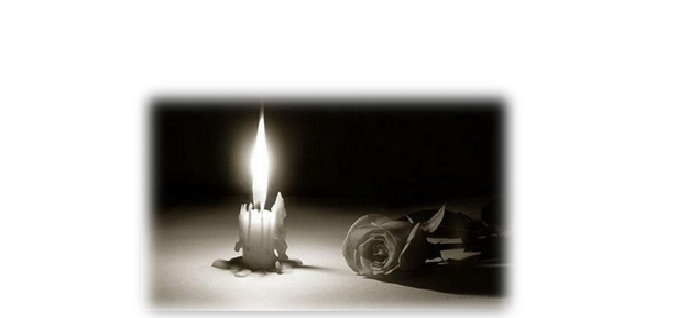The Hidden Radiant Aspects of Hussainiyat
In the year 11 AH, when the Prophet Muhammad (PBUH) passed away, Hazrat Hussain (RA) was 7 years old, a pure age of childhood. Accordingly, in the year 61 AH, when he was martyred in Karbala facing Yazid, he was 57 years old. This means that from the time of the Prophet’s passing to the Battle of Karbala, there was a long period of 50 years in his blessed life. The question arises: where did these 50 precious years of his life go? Because whenever Hazrat Hussain is mentioned, it is either about his childhood or the last days of his life when he faced Yazid in the field.
We need to consider the following: Where did he spend the remaining 87% of his blessed life? With whom did he spend it? Under whose authority did he spend it? Under which caliph’s rule did he live? In which mosque did he pray? Behind which Imams did he offer his prayers? Where did he get married? Who came to his home for the marriage of his sister, Hazrat Umm Kulthum? Who became his brother-in-law? Who were his friends, if any? From whom did he receive his stipend? For whom did he serve as a minister or advisor? Where was he during the 2-year and 3-month caliphate of Hazrat Abu Bakr (RA)? Where was he during the nearly 11-year caliphate of Hazrat Umar (RA)? Where was he during the nearly 12-year caliphate of Hazrat Uthman (RA)? Where was he during the nearly 5-year caliphate of Hazrat Ali (RA)? Where was he during the more than 19-year rule of Hazrat Amir Muawiya (RA)?
Let’s ask these questions to the authentic historical books that are not only trusted by all Muslims but are also referred to in many of our own books and sermons. The answers to all these questions are that during this entire long period, Hazrat Hussain (RA) remained a follower, relative, assistant, minister, advisor, supporter, and helper to all these sacred personalities. He pledged allegiance to all the caliphs from Hazrat Abu Bakr (RA) to Hazrat Amir Muawiya (RA) and prayed behind them.
He shared his honor, love, marriage, grief, friendship, enmity, and relations with Hazrat Umar (RA) by marrying his sister, Hazrat Umm Kulthum, to him. Hazrat Hussain (RA) married his daughter, Hazrat Sakina, to Hazrat Uthman’s grandson, Zaid bin Amr, and his other daughter, Fatimah bint Hussain, to Hazrat Uthman’s other grandson, Abdullah bin Amr, thereby establishing all relationships with Hazrat Uthman. Similarly, when rebels besieged Hazrat Uthman’s house, Hazrat Hussain (RA) guarded it.
These are the facts that span Hazrat Hussain’s entire life. Yet, neither the Ahl-e-Sunnah nor the Ahl-e-Hadith question why these 50 years of Hussainiyat remain hidden from the Ummah, nor do they seek answers to resolve the differences within the Ummah. Meanwhile, the Shia community will never reveal these truths, even after death, because it would dismantle the foundation of their beliefs.
The truth is that Hussainiyat is not just about becoming immortal by standing against Yazid; Hazrat Hussain (RA) practically demonstrated that:
- Following Hazrat Siddiq Akbar (RA) is also Hussainiyat.
- Accepting the leadership of Hazrat Umar, Hazrat Uthman, and Hazrat Amir Muawiya is also Hussainiyat.
- Establishing relations with Hazrat Umar and Hazrat Uthman is also Hussainiyat.
- Guarding the house of Hazrat Uthman is also Hussainiyat.
- Loving all the Sahabah is also Hussainiyat.
Restricting Hussainiyat to just Karbala and hiding the remaining 50 years of Hazrat Hussain’s blessed life can be the act of an enemy of Hazrat Hussain but never that of a friend.






